The Buick Bug
An important early racing car lost, found, donated to a museum, lost again, and found again in a different museum.
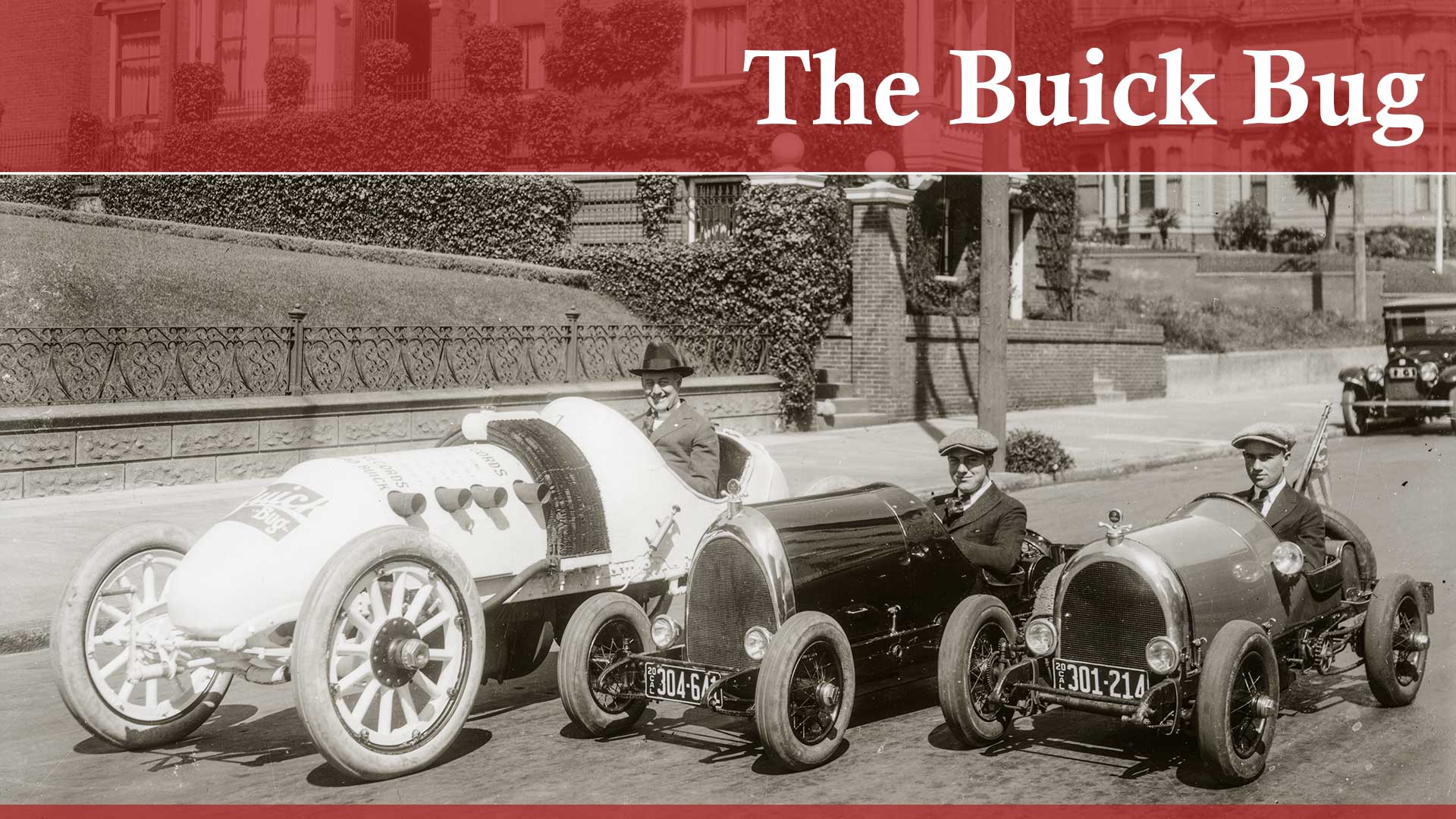
I saw a used electric Smart car for sale in my neighborhood for $10,000 (or best offer). I gave it a lip-purse, as I am having to drive around town more for work.
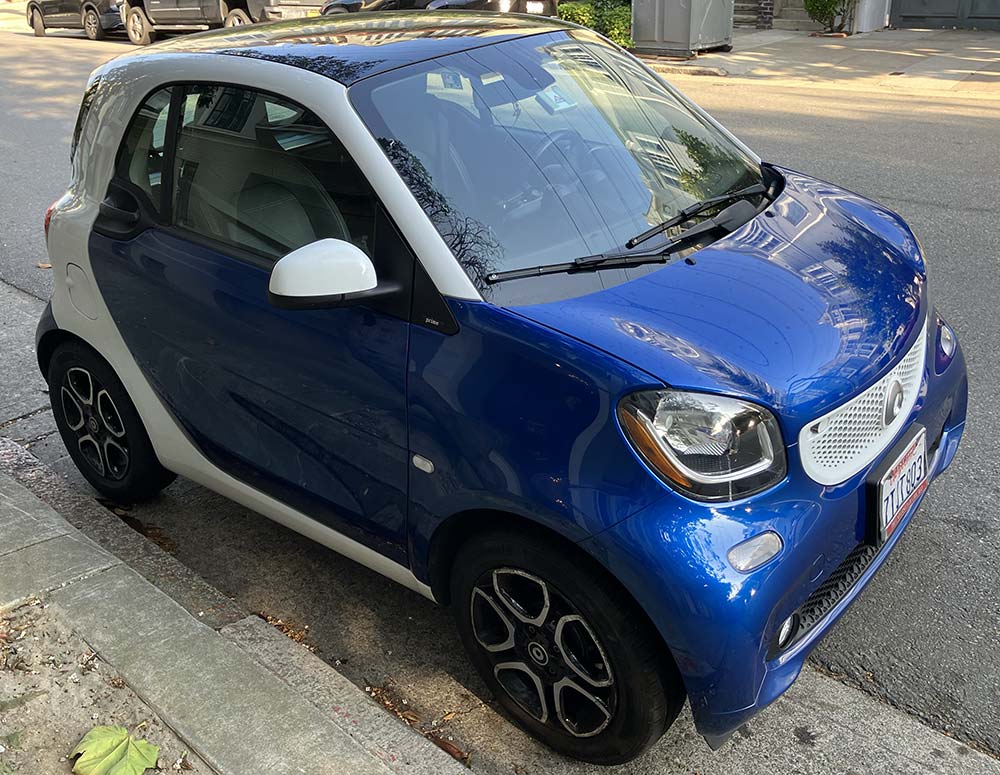
But I’m not sure a 6'5" Woody LaBounty can fit in that capsule, and if I had to fold myself into a little car, I’d prefer something more stylish. Here are three great (if unobtainable) candidates:
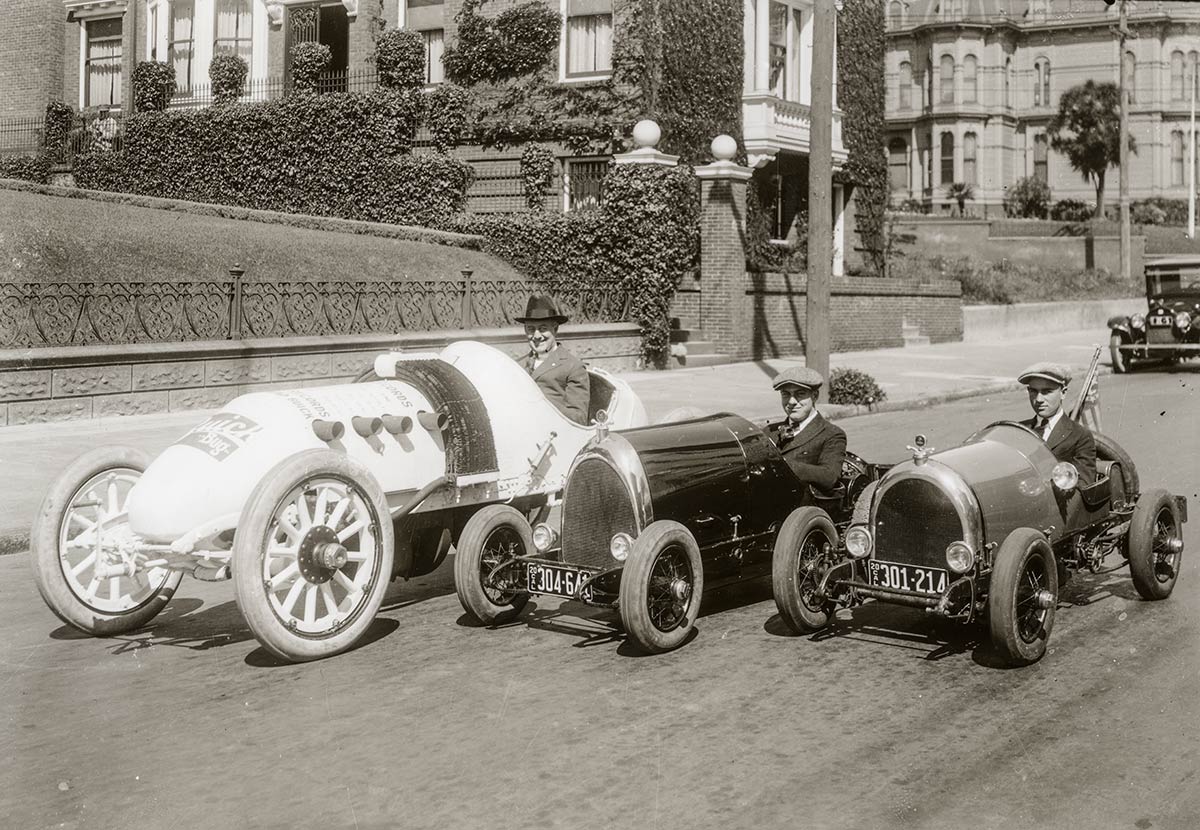
This trio of mighty mites is lined up on Franklin Street in 1920, back before the road became a three-lane, one-way expressway to the Marina District. In the background is the red brick Bransten house at 1735 Franklin Street, now City of San Francisco landmark #126. That side yard and those gate pillars are still intact today.

A strange, intriguing photograph, those three little cars. It seems that there has to be a story here, a bit more explanation needed. And, as it turns out, there is.
The larger vehicle on the left, a fraction of the size of most automobiles on the road today, is a Buick 60 Special, an aerodynamic bullet-nosed record-setter from the early days of motoring and one of only two built.
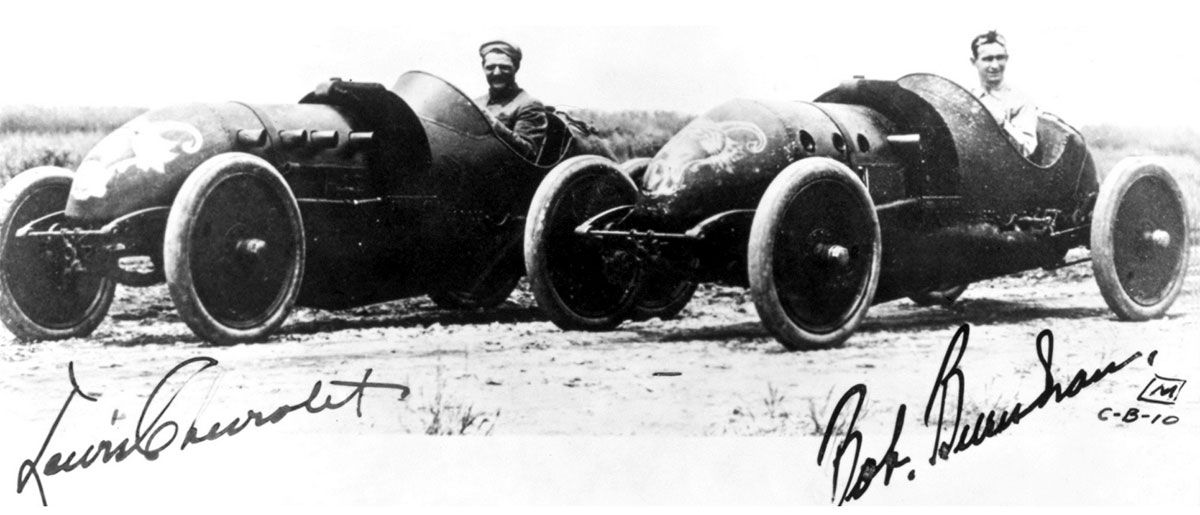
Nicknamed the “Buick Bug,” the racer was able to reach speeds of 100 mph and only about a decade old at the time of the Franklin Street photograph. The Los Angeles Herald remembered it as the “go-fast sensation to the world.”
In 1920, the Age of the Automobile had arrived, but barely. Just a few years before all drivers fell into three categories: rich men looking for toys, hobbyist inventors, and daredevils. When the Buick Bug made history with its unique design in 1909-11, Louis Chevrolet was one of its drivers. Yes, that Chevrolet.
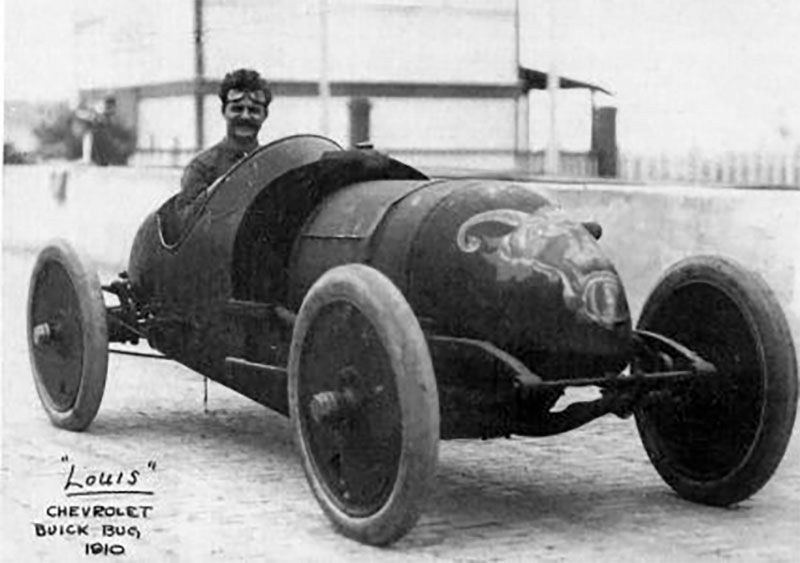
Charles S. Howard, the man at the wheel of our photo on Franklin Street, bought the old racer as a collectible out of a warehouse in Kansas City. At the time, he owned the largest automobile distribution company in the world, a Buick dealership on the corner of Van Ness Avenue and California Street.

Howard’s sons sit in the other two vehicles called “Howard Specials,” custom-made especially for them to raise hell. The San Francisco Chronicle noted the minuscule machines, driven by the young men, “have shown a speed of 80 miles an hour.”
In 1924, Howard gave his Buick Bug to San Francisco’s de Young Museum. This was back when the museum in the park took just about anything, from spoons to a Rembrandt to a World War I tank. As a permanent addition to the collection, the auto was to be given a prominent place in the museum and predicted to “come before the eyes of countless thousands of visitors during the years to come.”
It didn’t quite work out that way. Soon after, Howard borrowed it back from the museum to show off at his dealership, at local car conventions, and in a display at the 1939 Golden Gate International Exposition on Treasure Island.
In 1984, a San Francisco Examiner reporter, investigating mismanagement of the city’s museum collections, found that the car was still on the de Young’s books as an active long-term loan. The Bug was estimated at the time to be worth $300,000-$400,000 ($880k-$1.17m in modern dollars), and the Examiner noted “Museum officials simply lost track of it.”
The reporter tracked it down at the Sloan Auto Museum in Flint, Michigan. The director there said they had gotten it from the chief engineer of Buick in 1958. Whether the de Young ever received compensation for the loss of the Bug is unknown, but the old racer, now with a cherry-red paint job is still on display in Michigan.
The Bug gets pulled out and shown off fairly frequently. Here’s Jay Leno driving it and talking with an expert on its history:
Despite the interesting journey of the Buick Bug, Charles S. Howard is better known for owning a different kind of racer. In August 1936, he bought an underachieving and undersized thoroughbred racehorse no one wanted.
Knobby-kneed Seabiscuit dominated horse racing in the late 1930s, became the hero of numerous books and films, and sired 108 foals before his death in 1947.
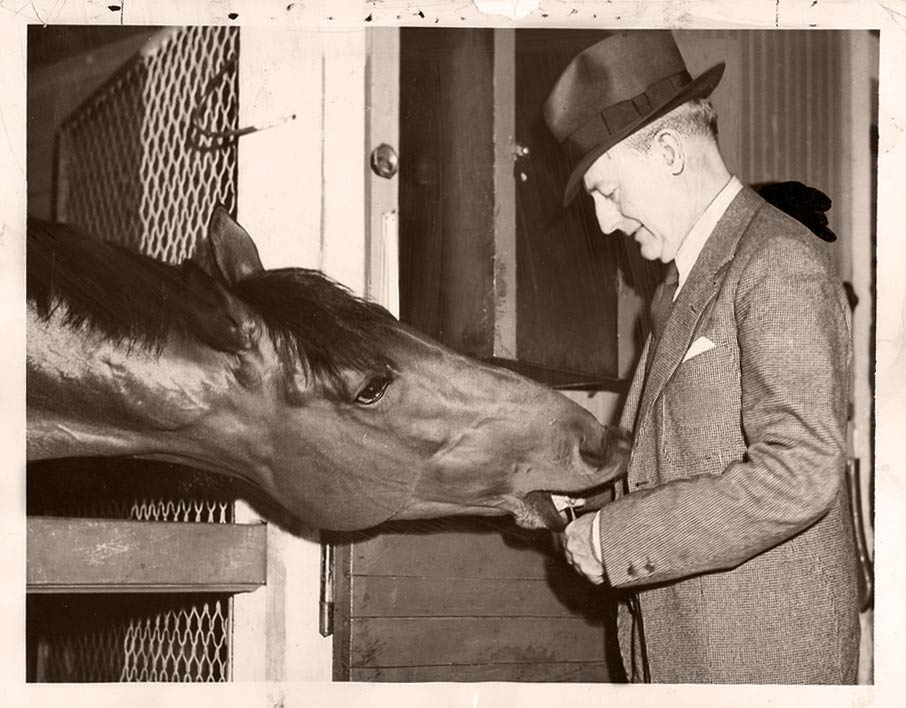
Guess I’ll give the Smart car another look.
Woody Beer and Coffee Fund

Thanks to Linda G. (F.O.W.) for her contribution to the Woody Beverage Fund. She is doing her part to ensure I get out in the world and talk to real people. Are you a real person? Let me know when I can buy you a drink!
And make your own donation to the fund to promote jollity and possible caffeination:
Sources
“Buick ‘Bug’ History Maker in Early Racing Days,” Los Angeles Herald, April 17, 1920, pg. A7.
“Famous ‘Buick Bug’ Located,” San Francisco Chronicle, April 11, 1920, pg. 12A.
“Museum Given Auto Holding Many Records,” San Francisco Chronicle, November 9, 1924, pg. A9.
“Buick ‘Bug,’” San Francisco Chronicle, June 4, 1939, pg. A3.
Tim Reiterman, “Museums lose a fortune in art,” San Francisco Examiner, July 15, 1984, pg. A1.

